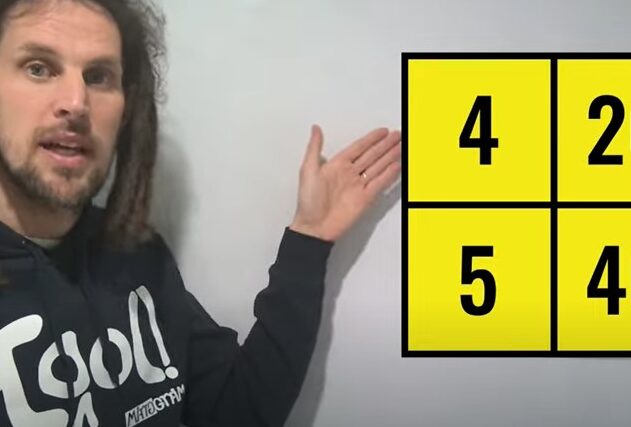Every now and then I come across other math educators across the planet that are ‘spreading the good word’ and ‘flippin’ the script’ on how people view math. I think the general assumption is that math is an honorable and stoic academic pursuit. Well, sure, but it doesn’t have to be so serious about it! In my classes at times, I ask the students to think back to a time before math. See, kids like to think that humans arrived on earth and were given the “celestial math book”, which has been used ever since to punish the children into learning rules.
Nah, chil’ren! Sure, numbers have been around ever since people had things to count, but all of the ‘rules’ and skills we teach today as ‘common and irrefutable knowledge’ was once unknown. Math isn’t learning someone’s rules. It’s the creative and curious art of figuring out what in the world is happening around us. It’s making sense of how things interact. To be such a left-brained field of study, its entire history is due to creative problem-solving. The artistic kids in the class? The ones that see things in their own way? They’re the ones that are best equipped to handle our ever-changing world and the new struggles that will arise as our realities evolve.
All that to say, when I see a creative spirit showing up to help kids think positively about math, I’m all in. Today, scrolling ‘the feed’, I ran across a YouTube channel. “Think Square. Learn Happy” I’m already intrigued. I was pulled in by the “Who’s the spy?” tool. Here’s the link to their YouTube channel!
If you’re unfamiliar with the strategy, the students are asked to determine which is the “outsider”, or which one doesn’t belong. Generally, there isn’t one specific right answer. The goal is to encourage “Number talks”.
The idea isn’t new. In 2016, Christopher Danielson composed a book named Which One Doesn’t Belong? On each page, there was a group of 4 shapes, each with unique qualities. These strategies, like those seen at https://wodb.ca/, have expanded this geometry-based strategy to include numbers, graphs, and other mathematical concepts.
Even the kids who struggle with math can probably come up with something they notice about the 4 choices. These open-ended questions take away the fear that they’ll get the wrong answer. Instead, they encourage students to see a pattern and communicate their reason.
Think Square, an Australian based math-resource run by Andrew Lorimer-Derham has compiled a bundle of 150 of these ‘number talks’, covering all the middle school concepts. Or, you can get one daily for free by visiting their website.
I for one will be visiting it often for my own classes. And a link in his video sent me to investigate a textbook series named Math Mate, meant to be the most creative and engaging text yet. That sounds right up my alley! Sign up for the newsletter to hear my review once I check them out!
What’s your experience with the Which One Doesn’t Belong strategy? What other strategies do you use to get your students talking?
